
Patrick Stewart, 2nd Earl of Orkney, Lord of Zetland was a Scottish nobleman, the son of Robert, Earl of Orkney, a bastard son of King James V. Infamous for his godless nature and tyrannical rule over the Scottish archipelagos of Orkney and Shetland, he was executed for treason in 1615.

Orcadians, also known as Orkneymen, are an ethnic group native to the Orkney Islands, who speak an Orcadian dialect of the Scots language, a West Germanic language, and share a common history, culture and ancestry. Speaking Norn, a native North Germanic language into the 19th or 20th century, Orcadians descend significantly from North Germanic peoples, with around a third of their ancestry derived from Scandinavia, including a majority of their patrilineal line. According to anthropological study, the Orcadian ethnic composition is similar to that of Icelandic people; a comparable islander ethnicity of North Germanic origin.
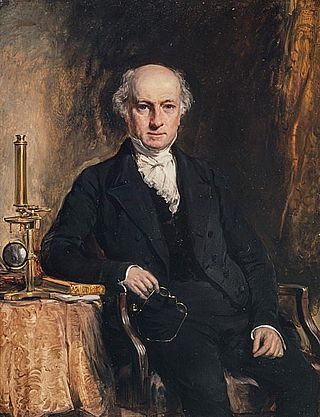
George Johnston was a Scottish physician and naturalist.
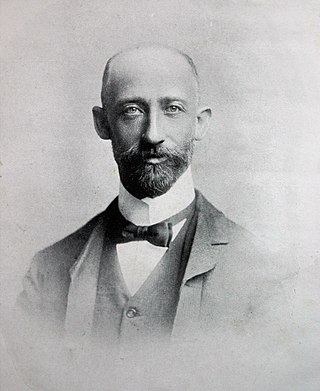
Thomas Robertson Sim was a botanist, bryologist, botanical artist and Conservator of Forests in Natal, best known for his monumental work The Forests and Forest Flora of the Colony of the Cape of Good Hope which appeared in 1907. He was the eldest of five children of John Sim (1824–1901), a noted bryologist and Isabella Thomson Robertson (1823-).

Lieutenant General Sir Charles James Briggs, was a British Army officer who held high command in World War I.
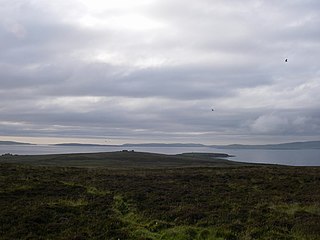
Cava is an uninhabited island in the Orkney archipelago in Scotland. It is 107 hectares (0.41 sq mi) in extent and rises to 38 metres (125 ft) above sea level. The literal meaning of the name is calf island, a terminology often used to designate a small island near to a larger one. Cava is unusual in that it includes a small peninsula joined to the main body of the island by a narrow isthmus, which is in turn called Calf of Cava.
Colonel James Henry Robinson Bond, CBE, DSO, MRCS, LRCP (London) was a British Army officer who served with the Royal Army Medical Corps during World War I.
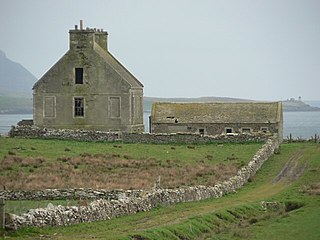
Orphir is a parish and settlement on Mainland, Orkney, Scotland.

Brian Laurence "Bill" Burtt FRSE FLS, was an English botanist and taxonomist who is noted for his contributions to the family Gesneriaceae. In a career that spanned 74 years, he worked first at the Royal Botanic Gardens, Kew, and then at the Royal Botanic Garden Edinburgh (RBGE). He made numerous field trips to South Africa and Sarawak and described a total of 637 new plant species. Burtt is denoted by the author abbreviation B.L.Burtt when citing a botanical name.
Joseph Whittaker was a British botanist who visited South Australia in 1839. Whittaker has 300 plants from that trip in Kew Gardens and a large collection of pressed British plants in Derby Museum and Art Gallery.
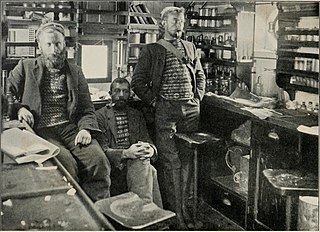
Dr James Hunter Harvey Pirie FRSE FRCPE was a 20th-century British medical doctor, philatelist, orchid-grower and bacteriologist. Pirie named the bacterial genus Listeria in honor of Joseph Lister and the Pirie Peninsula is named after him. Cape Mabel was named after his wife. In authorship he is known as J. H. H. Pirie.

Lt.-Colonel James Johnston, J.P., was one of the earliest and principal Scottish merchants at Quebec following the fall of New France; of the firm Johnston & Purss. He was foreman of the first grand jury of the new British province of Quebec, justice of the peace, and colonel of artillery in the British militia.
George Francis Scott-Elliot FRGS FLS FRSE (1862–1934) was a botanist and academic author of Franco-Scots descent. He was a personal friend of Patrick Geddes.
John Dow Fisher Gilchrist (1866–1926) was a Scottish ichthyologist, who established ichthyology as a scientific discipline in South Africa. He was instrumental in the development of marine biology in South Africa and of a scientifically based local fishing industry.

Deputy Surgeon-General John Small was a British Army officer, physician, and early advocate for the use of large doses of quinine to treat malaria.
Roy Watling is a Scottish mycologist who has made significant contributions to the study of fungi both in the identification of new species and correct taxonomic placement, as well as in fungal ecology.
Margaret Manson Graham was a Scottish nurse who worked as a missionary in Nigeria.
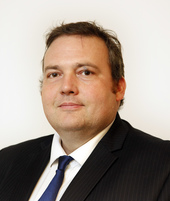
Jamie Halcro Johnston is a British politician who is a Member of the Scottish Parliament (MSP) for the Highlands and Islands region since 2017. A member of the Scottish Conservative Party, he also serves as their Shadow Minister for Business, Trade, Tourism and Enterprise.
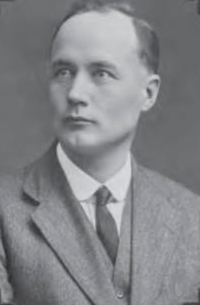
John William Bews was a Scottish born South African botanist.
James Stirton was a Scottish physician and one of Scotland's leading experts on cryptogamic botany. His investigations in bryology and lichenology earned him a world-wide reputation.












